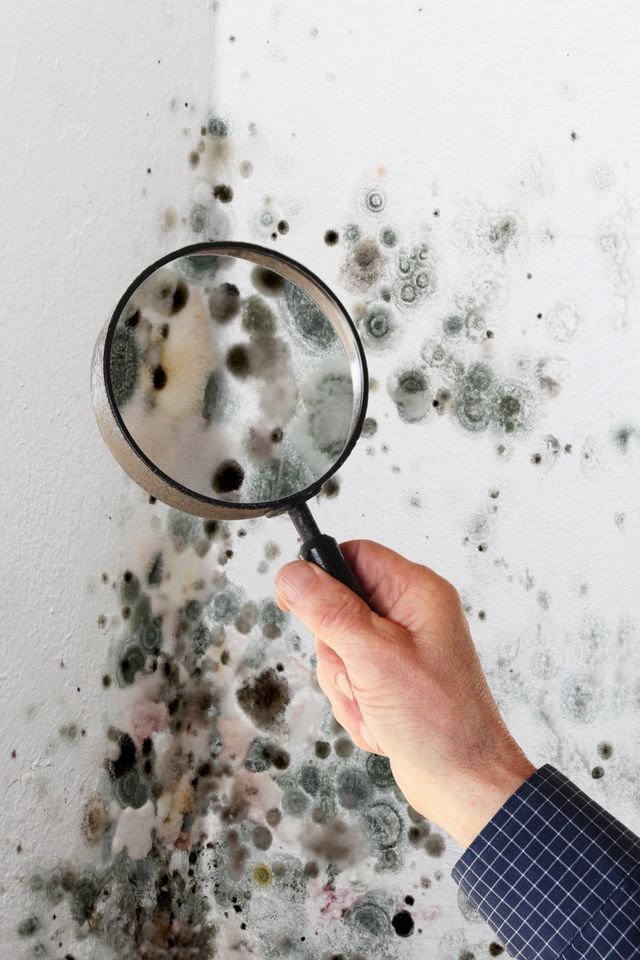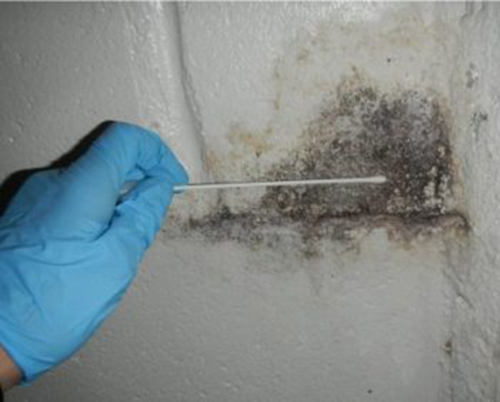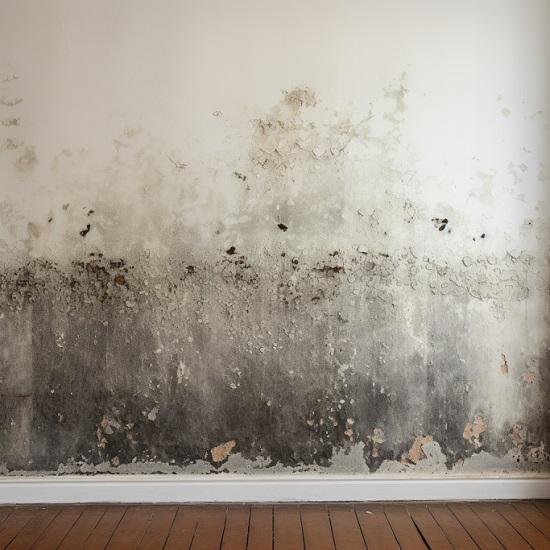Comprehensive Post Mold Remediation Procedures
Your Ultimate Guide to Post Mold And Mildew Removal Techniques
Navigating the realm of post-mold remediation strategies is a precise process that demands attention to information and an extensive understanding of the ins and outs included. In the consequences of mold and mildew infestation, knowing just how to successfully remove the mold and mildew and prevent its reoccurrence is critical for maintaining a healthy and balanced interior atmosphere. From choosing the right cleaning and sanitizing methods to applying methods for lasting mold prevention, each action in the remediation trip plays an important role in ensuring an effective result. As we get started on this exploration of post-mold removal techniques, we will certainly uncover the vital methods and best techniques that can assist you restore your room to its pre-mold condition and safeguard it against future mold dangers.
Comprehending Post-Mold Removal Refine
After finishing the mold and mildew remediation process, it is important to comprehend the post-mold removal techniques that are necessary to ensure a extensive and efficient cleanup. Once the mold and mildew has been eliminated, the next step involves cleansing and decontaminating the affected areas to avoid any type of regrowth of mold and mildew. This includes using specialized cleaning agents to wipe down surfaces and eliminate any type of staying mold spores. It is crucial to dry out the area completely to dissuade the growth of mold in the future (Post Mold Remediation Report). Proper air flow and dehumidification can help in this process.
In addition, performing a final evaluation post-remediation is important to make sure that all mold has been effectively removed. If the assessment exposes any remaining mold, additional remediation might be required.
Efficient Cleaning Up and Disinfecting Methods

Stopping Future Mold And Mildew Development

Relevance of Appropriate Ventilation
Appropriate ventilation plays a vital role in protecting against wetness accumulation, an essential factor in news mold and mildew growth within interior atmospheres. Efficient air flow systems help get rid of excess humidity from the air, lowering the opportunities of mold spores locating the moisture they require to spread out and sprout. Without appropriate ventilation, indoor spaces can come to be a breeding ground for mold and mildew, resulting in possible health and wellness risks and architectural damage.
By making sure correct air circulation, air flow systems can likewise aid in drying out moist locations faster after water damages or flooding incidents, even more hindering mold development. Post Remediation verification. In areas like washrooms, kitchens, attics, and basements where wetness levels have a tendency to be greater, installing and maintaining reliable ventilation systems is vital in protecting against mold infestations

Monitoring and Upkeep Tips
Offered the critical duty that appropriate ventilation plays in avoiding mold development, it is vital to establish reliable tracking and upkeep ideas to guarantee the ongoing capability of ventilation systems. Routine inspections of ventilation systems must be carried out to examine for any type of signs of clogs, leaks, or breakdowns that could hamper correct air movement. Monitoring moisture levels within the home is additionally important, as high humidity can add to mold and mildew growth. Mounting a hygrometer can help track humidity degrees and alert homeowners to any type of spikes that might call for interest. Additionally, visit here making sure that air filters are frequently cleansed or replaced is essential for preserving the performance of the ventilation system. Carrying out a timetable for routine maintenance jobs, such as air duct cleaning and a/c system examinations, can assist prevent problems prior to they rise. By remaining proactive and alert to the condition of ventilation systems, residential or commercial property owners can efficiently alleviate the threat of mold and mildew regrowth and keep a healthy interior setting.
Final Thought
Finally, post-mold remediation techniques are crucial for making sure a tidy and risk-free atmosphere. Comprehending the process, implementing reliable cleaning and sanitizing methods, protecting against future mold and mildew growth, preserving proper air flow, and regular surveillance are all vital actions in the remediation procedure. By adhering to these guidelines, you can effectively get rid of mold and stop its return, functioning or promoting a healthy and balanced living area for all occupants.
In the results of mold and mildew invasion, knowing just how to efficiently get rid of the mold and mildew and avoid its reoccurrence is paramount for keeping a healthy interior setting. Once the mold and mildew has been gotten rid of, the next step entails cleansing and sanitizing the influenced areas to stop any regrowth of mold - After mold remediation. After eliminating noticeable mold growth, it is vital to clean all surfaces in the damaged area to get rid of any type of continuing to be mold spores. To additionally boost mold prevention procedures, it is crucial to attend to underlying issues that initially led to mold advancement.Provided the essential role that appropriate air flow plays in preventing mold growth, it is critical to establish efficient tracking and maintenance ideas to make certain the ongoing capability of ventilation systems